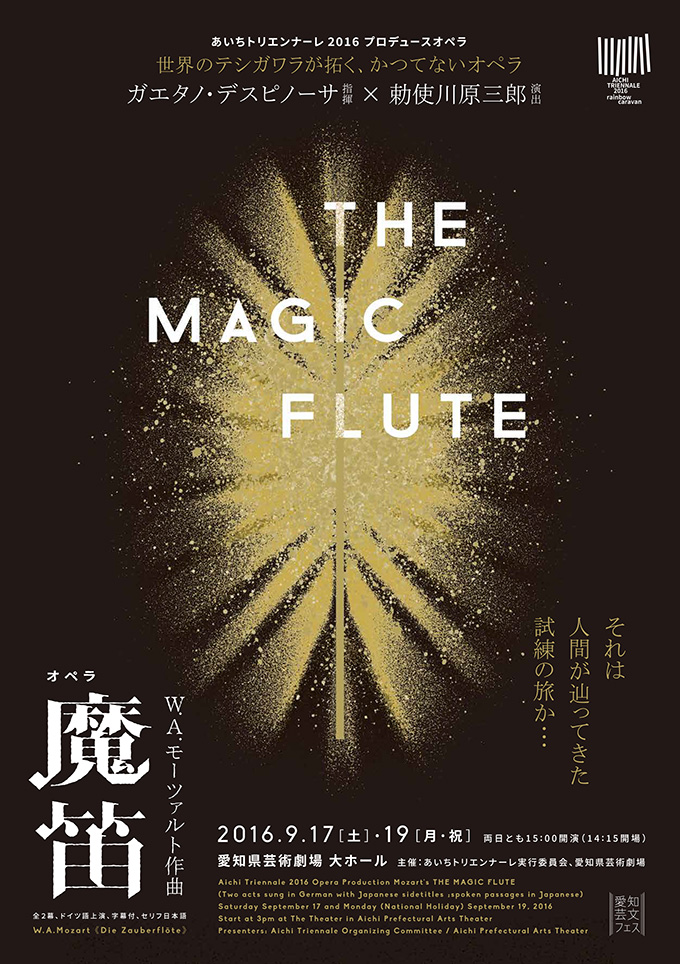Play Time!
The year 1895, when the Lumière brothers of France first unveiled their cinematograph to the public, is regarded as the year cinema was born. Shortly thereafter, cinema set off on a journey that would take it all over the world. Cameramen were sent off to capture unfamiliar lands and exotic scenery.
Cinema is often likened to a window to view the world, but opportunities to encounter scenery are not limited to documentaries, as importance is also attached to it in the choice of settings for narrative films. Indeed, one could probably even say it is easy to change the setting as a means of ensuring audiences do not become bored at times when the story is dull. As these examples show, there has been a harmonious relationship between film and travel since the birth of cinema. Moreover, as a temporal art form, film also defies with ease the irreversible flow of time – something impossible in the real world.
Today, in a digital age in which media have diversified, we are also witnessing a crossing of boundaries from film to video and to the Internet. So relax and enjoy this profoundly mysterious visual journey that transcends national borders, ages, genres and media.
The Column Project
In addition to exhibiting work by the participating artists, these projects aim to dig deeply into the history that forms a backdrop to activities taking place in the region, to locate common denominators that connect the works of participating artists, and to present forward-looking, experimental modes of expression. Based on several keywords, these projects, which take a variety of forms such as exhibits and lectures, interpolate new meanings into the overall concept, provide behind-the-scenes support for the artists’ exhibits, and at times serve to relativize them.
Performing Arts
Opera production
Aichi Triennale 2016 Opera Production
W.A.Mozart – The Magic Flute
(Two acts, sung in German with Japanese subtitles, narration in Japanese)
Dates: Sat., September 17 and Mon., 19 (nat. hol.), 2016
Venues: The Theater in Aichi Prefectural Arts Theater
Conductor: Gaetano d'ESPINOSA
Director, Scenography/lighting/costume design: TESHIGAWARA Saburo
- Sarastro
- TSUMAYA Hidekazu
- Queen of the Night
- TAKAHASHI Yui
- Tamino
- SUZUKI Jun
- Pamina
- MORIYA Mari
- Papageno
- MIYAMOTO Masumitsu
- Speaker of the Temple / Priest Ⅰ
- KOMORI Teruhiko
- Papagena
- DAIGO Sonoka
- Three ladies Ⅰ
- KITAHARA Rumi
- Three ladies Ⅱ
- ISOCHI Miki
- Three ladies Ⅲ
- MARUYAMA Natsumi
- Monostatos
- AOYAGI Motoharu
- Priest Ⅱ
- TAKADA Masato
- Two armored men Ⅰ
- WATANABE Koi
- Two armored men Ⅱ
- ODAGIRI Takaki
- Boy Ⅰ
- IGUCHI Yukana
- Boy Ⅱ
- MORI Tokiko
- Boy Ⅲ
- ANDO Chihiro
Dancer: SATO Rihoko, The Tokyo Ballet
Chorus: Aichi Prefectural Arts Theater Chorus
Orchestra: Nagoya Philharmonic Orchestra
※ Cast is subject to change without notice.

DAIGO Sonoka
(Papagena)

KITAHARA Rumi
(Three ladies Ⅰ)

ISOCHI Miki
(Three ladies Ⅱ)

MARUYAMA Natsumi
(Three ladies Ⅲ)

AOYAGI Motoharu
(Monostatos)

TAKADA Masato
(Priest Ⅱ)

WATANABE Koi
(Two armored men Ⅰ)

ODAGIRI Takaki
(Two armored men Ⅱ)

IGUCHI Yukana
(Boy Ⅰ)

MORI Tokiko
(Boy Ⅱ)

ANDO Chihiro
(Boy Ⅲ)

SATO Rihoko
(Dancer)
© Saburo Teshigawara

The Tokyo Ballet
(Dancer)

